Language preservation is a compelling narrative interwoven with cultural identity and historical resonance. For New Zealand, the survival of Te Reo Māori as a living language over the next 50 years is not just a matter of cultural affirmation but a testament to the resilience of indigenous heritage. Yet, the sustainability of Te Reo Māori in the face of modern challenges requires critical examination and strategic planning.
The Current State of Te Reo Māori
While Te Reo Māori is an official language of New Zealand, its use in daily life has faced significant challenges. According to Stats NZ, only about 21.3% of Māori reported being able to speak the language conversationally in 2018. This statistic underscores the precarious position of the language despite governmental and social efforts to promote it.
Case Study: Māori Language Week
Problem: Despite its symbolic significance, Māori Language Week often struggled with superficial engagement that did not translate into everyday use.
Action: In 2021, the New Zealand government collaborated with media outlets to integrate Te Reo Māori into prime-time programming, promoting daily use.
Result: This initiative led to a 15% increase in language course enrollments and a heightened public interest in Māori cultural programs.
Takeaway: Integrating Te Reo Māori into mainstream media can enhance its status as a living language, encouraging daily use and cultural integration.
Economic Implications of Language Preservation
Language preservation has broader implications for New Zealand's economy. The revitalization of Te Reo Māori can strengthen tourism by offering unique cultural experiences, aligning with New Zealand's branding as a destination rich in indigenous culture. According to the Ministry of Business, Innovation and Employment (MBIE), cultural tourism contributed approximately NZD 3.8 billion to the economy in 2019, highlighting the economic potential of cultural preservation.
Expert Insight: Language and Economic Growth
Dr. Aroha Harris, a leading expert in Māori studies, posits that "the survival of Te Reo Māori is intrinsically linked to economic empowerment. As Māori communities become more economically robust, they can invest more in cultural education and language initiatives."
Case Study: The Kohanga Reo Movement
Problem: In the 1980s, the Māori language faced extinction, with few speakers among the younger generations.
Action: The Kohanga Reo movement established Māori-language preschools to immerse children in the language from a young age.
Result: These efforts led to the establishment of over 460 Kohanga Reo centers across New Zealand, significantly contributing to the resurgence of the language among youth.
Takeaway: Early childhood immersion is a vital strategy for language revitalization, fostering a new generation of speakers.
Debunking Myths: Common Misconceptions about Te Reo Māori
- Myth: "Te Reo Māori is only relevant to Māori people." Reality: Te Reo Māori is a national treasure that enriches all of New Zealand's cultural tapestry, providing unique identity and global differentiation.
- Myth: "Technology threatens indigenous languages." Reality: Technological advancements, such as language apps and digital content in Te Reo, can play a crucial role in its preservation.
Biggest Mistakes to Avoid in Language Preservation
- Neglecting Technology Integration: Failing to leverage technology can hinder the language's relevance. Solution: Implement digital platforms to teach and use Te Reo Māori, ensuring access and engagement.
- Underfunding Educational Initiatives: Insufficient funding can stifle progress. Solution: Advocate for policy changes that increase financial support for language programs, supported by evidence of cultural and economic benefits.
Future Trends & Predictions for Te Reo Māori
The future of Te Reo Māori will likely be shaped by digital innovation and cross-sector collaboration. By 2030, it is anticipated that more than 50% of New Zealand's educational institutions will offer bilingual curricula, driven by increased demand and policy support. The integration of Te Reo into virtual reality environments and AI applications could also provide immersive language experiences, enhancing learning and retention.
Final Takeaways
- Integrating Te Reo Māori into daily life is crucial for its survival.
- Cultural tourism offers significant economic opportunities tied to language preservation.
- Educational initiatives like Kohanga Reo are models of effective language revitalization.
- Technology can be a powerful ally in preserving and promoting Te Reo Māori.
Conclusion
To ensure Te Reo Māori thrives as a living language, New Zealand must embrace a holistic approach that combines community engagement, economic strategies, and technological innovation. The journey to language preservation is ongoing, but with concerted efforts and strategic investments, Te Reo Māori can flourish, enriching the cultural and economic landscape of New Zealand. What initiatives do you think could further support this cause? Share your thoughts below!
People Also Ask
- How does the Māori language impact New Zealand's economy? Te Reo Māori enriches cultural tourism, contributing significantly to New Zealand's economy by attracting visitors interested in authentic indigenous experiences.
- What are the biggest misconceptions about Māori language preservation? One common myth is that Te Reo Māori is only relevant to indigenous populations, whereas it holds national cultural value for all New Zealanders.
- How can technology aid in the preservation of Te Reo Māori? Technology offers platforms for learning and using Te Reo Māori, such as language apps and digital content, aiding in its preservation and accessibility.
- What future changes could affect the Māori language in New Zealand? Policies promoting bilingual education and digital integration are likely to enhance the visibility and use of Te Reo Māori in everyday life by 2030.
Related Search Queries
- Te Reo Māori language schools
- Māori language revival strategies
- Māori cultural tourism impacts
- Technology and indigenous languages
- Māori language in New Zealand education
- Māori language week initiatives
- Kohanga Reo success stories
- Māori language and New Zealand economy
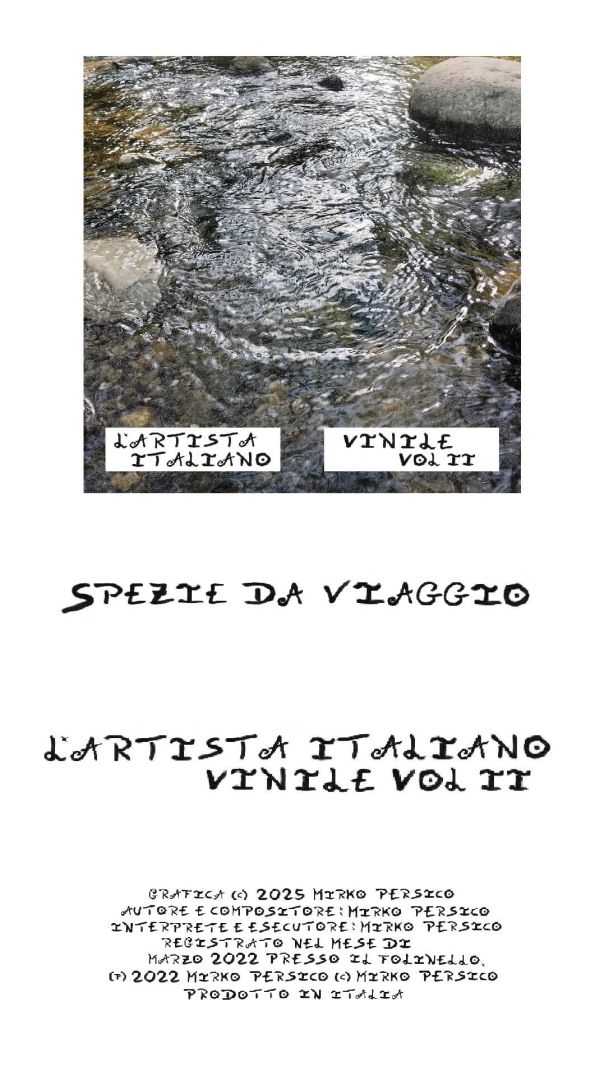
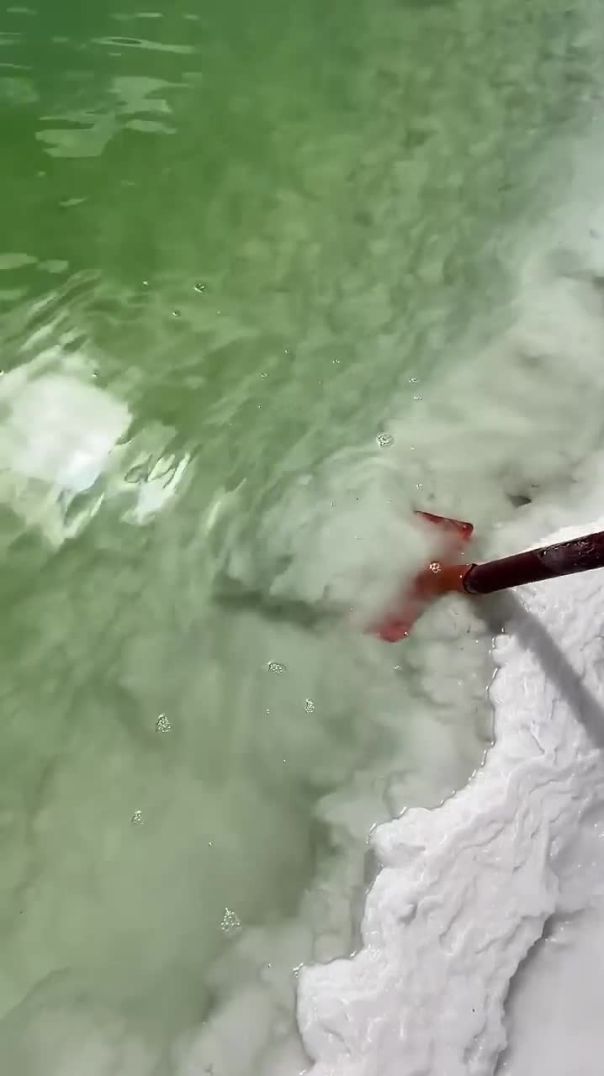




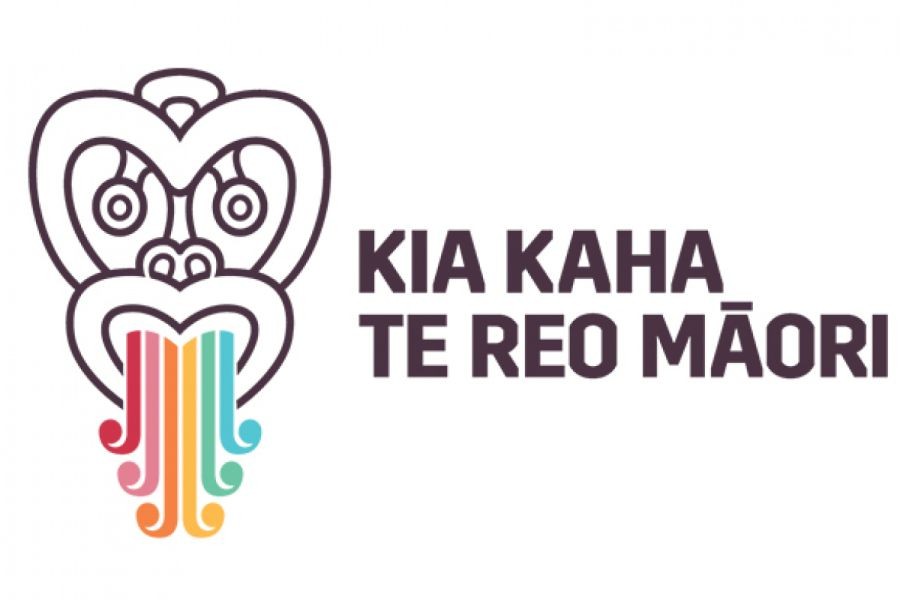



















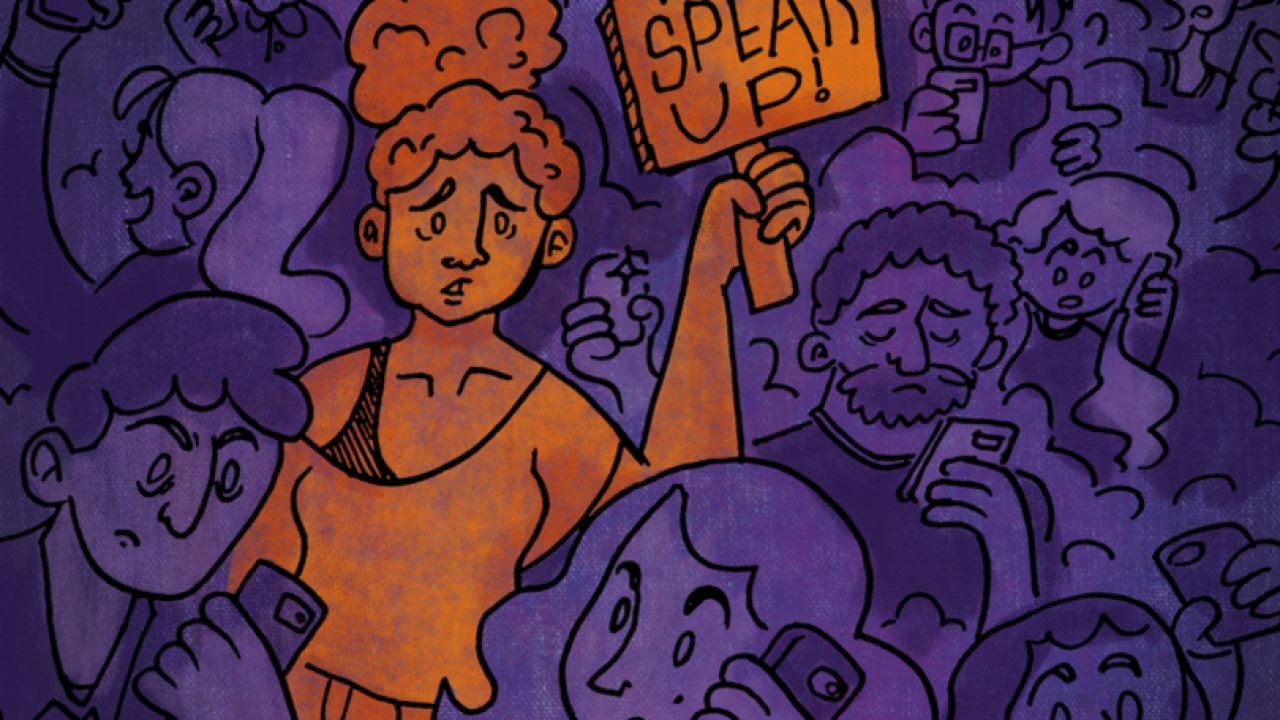









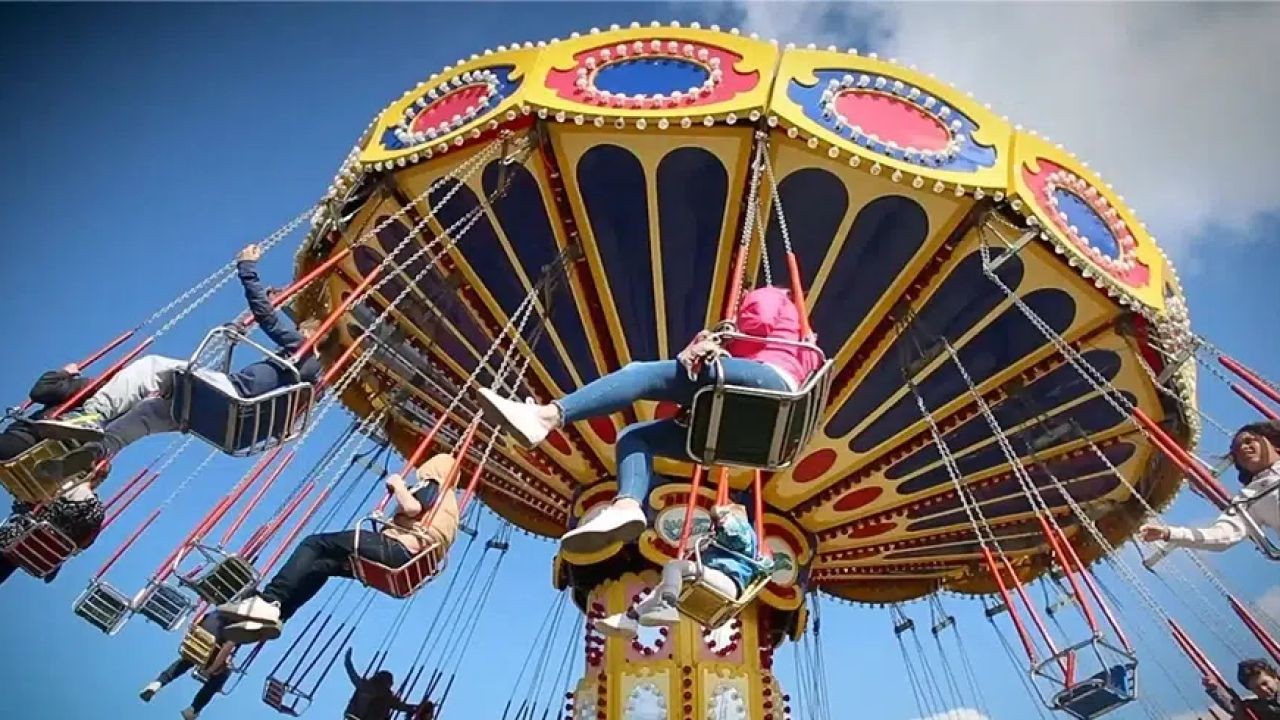


America Cite
2 days ago